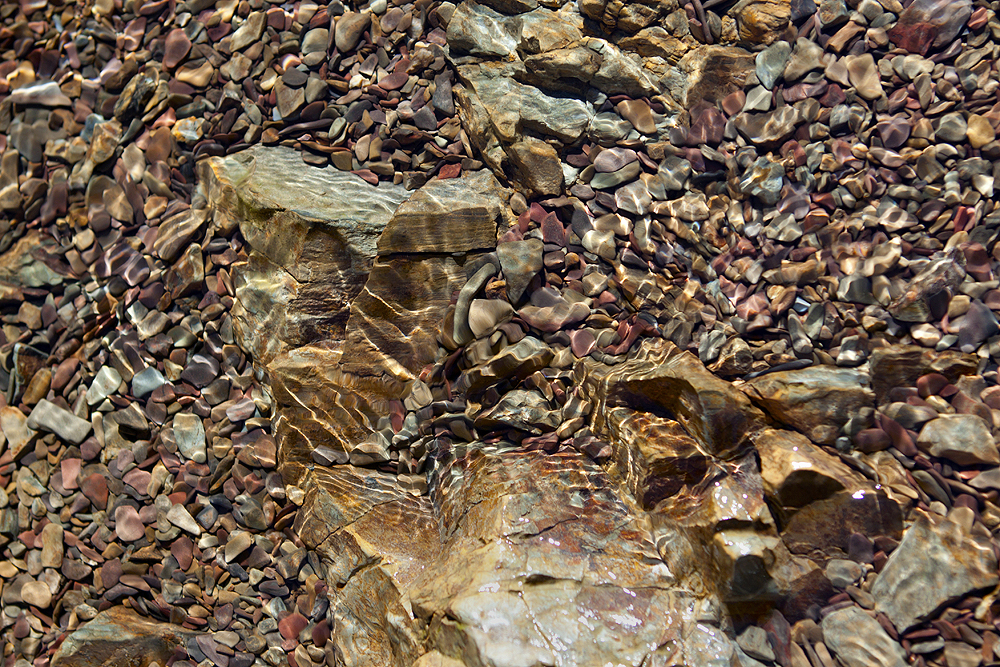
Beginning with a preliminary planning trip in 2012 and ending with a cross-country flight in 2017, Jim (James) and Deb (Deborah) Fallows spent more than four years crisscrossing the United States, trying to take the pulse of the country.
The husband and wife team are both highly respected journalists/writers, and are veteran travelers. In all, their inspection of American took them on a 100,000 mile journey. Three items make their travels different than you might expect:
- They flew: Jim Fellows is an experienced pilot, and they flew their two-seater Cirrus from coast to coast for all those trips.
- The focused on community: Even through the madness of the 2014 midterms and the crazy election of 2016 might tempt a journalist to pry about national news, the Fallows’ focus was on “How is your community doing today?” and not “Should Hillary be locked up/Is Trump even qualified?”
- They emphasized the so-called fly-over states: Presidential elections have candidates focused on the population-rich East and West Coasts, with visits to large cities in swing state. Small town visits are mainly for show, to get the “man of the people” photo op or to highlight a small-town virtue that aligns with the candidate’s platform (Wind power! Business with in-company day care! Small manufacturing making a difference!). The Fallows stuck to small towns in often out-of-the-way places: Ajo, AZ – right near the Mexican border and adjacent to an Indian reservation; three worlds in the middle of nowhere; Eastport, ME – right across the Bay of Fundy from Nova Scotia and next to New Brunswick; Dodge City, KS – a historic town smack in the middle of the country. The largest city they visited was Columbus, OH (raise your hand if you knew it was the 14th most populous city in the US. Didn’t think so…).
In all cities, the Fallows gave an overview of where the city had been, and then spoke with civic leaders, local influencers and business people to find out where the city was today and where it was headed (up? down? steady?).
The remarkable subtext of the book, to me, is how virtually every city viewed their city, at the very least, as on the way up – they were moving the right direction, even if the break from the past had been difficult (think of one-factory towns when that monolithic factory closes). One hears over and over on the news and reads in articles that America is at a tipping point where one wrong move will push us over a cliff; these cities, overall, felt very optimistic. They had plans for today and the future.
Some set-in-concrete “truisms” that didn’t really appear in this book are the constant wailing over political gridlock, fears of immigrants and how both major political parties are unwilling to step outside their circle of core beliefs to accomplish what is desperately needed.
While I’m sure these and other truisms do affect the towns the Fallows visited to some degree, the opposite was the big story: Business and government worked together, most towns thought immigration was not just a reality but something encourage and embrace. Deb Fallows usually visited the schools and other community facilities, and the stories of immigrants and their families – and their role in the civic fabric – are some of the most though-provoking parts of the book.
And take the very red (Republican) city in a very red state: Dodge City, KS. The lore is that virtually zero Republicans in Washington, DC will ever vote to raise any tax for whatever reason. In Dodge City, they decided they needed a modest sales tax that would go directly to city infrastructure and schools’ needs. So they put it up for a vote.
It passed easily. It even had the support of the downtown businesses, which probably had the most to lose.
The book was a bit long – approximately 400 pages – and, by the end, it was tough to keep the cities straight (“…unlike in Greenville, SC…” Which one was that?), but a pleasant and informative read.
The book ends with a summary of what the Fallows learned about what makes a town succeed – I won’t give many spoilers, but some of the success indicators involve bike paths and brew pubs.
This is your America.
